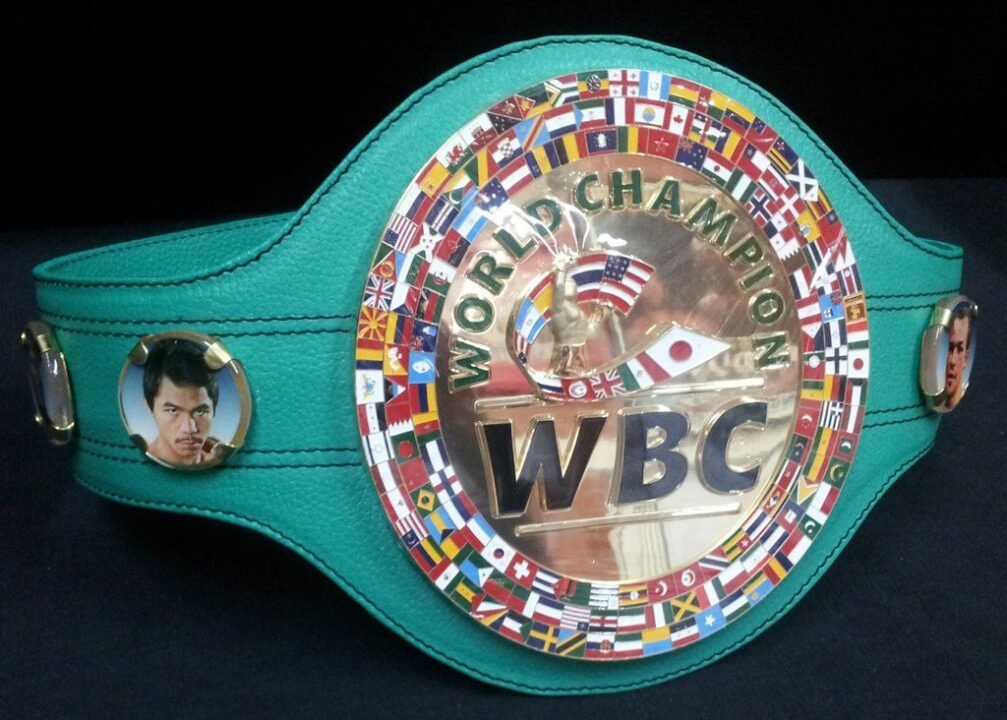With the WBC’s new 224 lbs division aiming to debut in 2021, the age old debate about boxing’s fluctuating weight divisions and belts was reopened. With the original eight weight classes increasing to what will be 18 when the latest new division is introduced, is this just a way for the premier boxing organisations to increase revenue with more sanctioning fees? Or is this genuinely for the good of the sport?
First and foremost it is important to consider that a new division would actually make sense for the smaller and average sized heavyweights, that are unlikely to ever be able to deal with the sheer size of the 260-270 lbs monsters that run the division at present.
Men like Oleksandr Usyk, Michael Hunter and Murat Gassiev are cruiserweights at heart, and would find themselves severely disadvantaged if they were to come up against the divisions elite.
The only caveat to this point is will these smaller heavyweights have any interest in competing in a 224 lbs division? There won’t be the same financial rewards fighting at this weight compared to fighting in the sports glamour division, and there won’t be the same allure of holding a ‘Super- cruiserweight’ world title compared with being the heavyweight champion of the world. Unless the organisations can persuade a big name to drop down there may be limited interest.
Another key component of this rejigging of the divisions would be dropping the cruiserweight limit from 200 lbs to 190, what it originally was when it was introduced in 1989 . This can be seen in two ways, firstly it bridges the gap between light heavy and cruiserweight, dropping the gap from 25 lbs to just 15 lbs.
While this is certainly a good thing, it then means the gap between cruiserweight and the new division would be 34 lbs, leaving another huge disparity between weights. Aside from this it also leaves current cruiserweights in a tough spot, as they may be too big to make the cut to 190 lbs and too small to make 224 lbs.
Currently the other organisations are yet to agree to the proposed changes, with thus far only the WBC supporting the new division. While it is highly likely the other organisations will have no issue with a new division that brings with it more champions and sanctioning fees, say we’re in a situation where the WBA. IBF and WBO reject the proposal, then the sport starts to get messy with cruiserweight champions that fight at different weights and losing the uniformity of divisions with organisations having their own weight classes.
Overall from a boxing purists standpoint, the sport doesn’t need any more weight classes or champions, if anything both should be decreased. While logistically it would make sense for a small crop of fighters and it would offer more opportunities and in turn more pay, it also creates fresh problems for fighters who currently call 200 lbs home.
As well as this it also won’t really stop the problem it intends to tackle, as a 224 lbs champion will still more than likely step up to heavyweight in order to make bigger fights and more money, meaning smaller heavyweights will still be facing the same issues.
All in all while it seems well intentioned and to some degree well thought out, another weight division seems to cause more problems than it solves for both the fighters and the fans, and with no great demand from either to see it happen, it is no great shock in the world of boxing that it will happen anyway, whether people like it or not.







